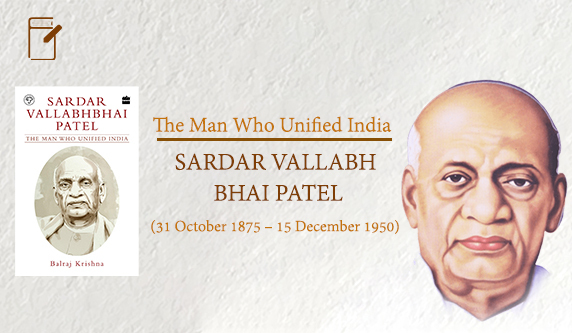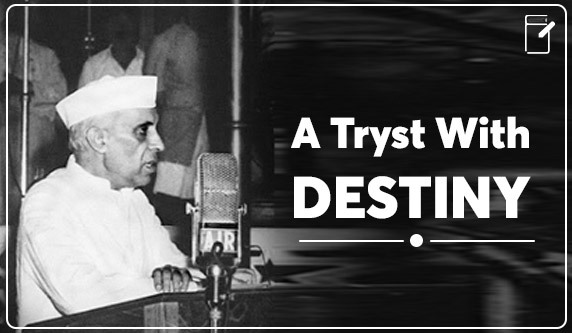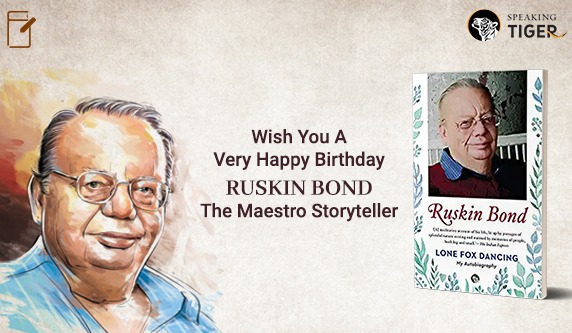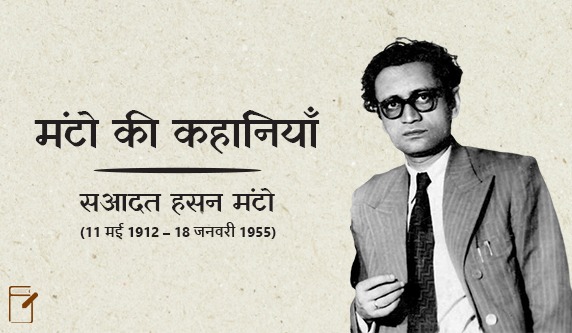What was the meaning of Freedom to those who couldn’t see it happening?
What was the meaning of Freedom to those who made it across the line? And
What was the meaning of Freedom to those who made it happen, of course with the support of millions of Indians?
What did it mean it to be a Mahatma, a Lokmanya or a Sardar? These are the questions that engulf me whenever there is an occasion involving our greatest generation. A band of brothers who gifted the world a self-sustaining, self-respecting idea of our civilizational state, India.
Vallabhbhai Patel (October 31, 1875 – December 15, 1950) was born in Nadiad, Gujarat. Growing up with patriotic fervour, the boy from Gujarat found inspiration in some while inspiring many more.
After many trials and tribulations, Vallabhbhai became Sardar, a name given to him by Mahatma Gandhi, and went on to introduce meaningful and impactful political and social reforms to a free India. We have all heard and seen stories on various screens how he guided an independent-yet-fragmented India into a unified entity. We all know how deftly he directed the energy that was earlier directed at attaining the freedom to now sustaining it.
No wonder Sardar Vallabhbhai was called the “Iron Man of India”, and the “Sardar” which means “Chief” or “Leader” in many languages of India.
But again!
What was the meaning of Sardar to those who called him that?
But this time, I didn’t have to look far as I stumbled upon Balraj Krishna’s The Man Who Unified India published by HarperCollins India As this passage comes to my rescue,
What was Vallabhbhai?” asked Rajagopalachari, and he himself answered: “What inspiration, courage, confidence and force incarnate Vallabhbhai was . . . We will not see the likes of him again.” Nehru called him “the Builder and Consolidator of New India . . . a Great Captain of our forces in the struggle for freedom . . . a tower of strength which revived wavering hearts.” Gandhi found in him a colleague “most trustworthy, staunch and brave”. Vinoba Bhave called him “the accurate bowman of Gandhi’s struggle, his disciple and his GOC. He knew no retreat”.
Going further in the book, one gets even the perspective of the western commentators:
“Patel’s international acclaim was equally eloquent. The London Times wrote of him on his demise: “Little known outside his own country, ‘Sardarji’ neither sought nor won the international reputation achieved by Mr. Gandhi and Mr. Nehru. Yet, he made up with them the triumvirate that gave shape to the India of today.” The Manchester Guardian’s tribute was more specific: “Without Patel, Gandhi’s ideas would have had less practical influence, and Nehru’s idealism less scope. Patel was not only the organizer of the fight for freedom but also the architect of the new State when the fight was over. The same man is seldom successful both as a rebel and statesman. Patel was the exception.”
Like many of his contemporaries, Vallabhbhai Patel, too, was a practising lawyer and had an illustrious reputation as a functioning lawyer, until he found himself getting inspired by the work and philosophy of Mahatma Gandhi. Patel then went on to organize the peasants of Kheda, Borsad, and Bardoli in Gujarat in a non-violent civil disobedience movement against oppressive policies imposed by the British Raj. As a result, he rose as one of the most imminent voices and subsequently the most influential leaders in Gujarat. He then went on to make inroads into the national politics and quickly rose to the leadership of the Indian National Congress. On the national level, he remained at the forefront of rebellions and impactful political events and moments, organising the party for elections in 1934 and 1937, and promoting the Quit India movement.
Going further into the book, I find glimpses of a leader in making, “Patel inherited his spirit of a rebel from his father. As a schoolboy, his tender age and his rustic village upbringing could not stem the upsurge of his rebellious spirit to fight injustice. He successfully fought many a battle through boycott and strike on behalf of his victimised schoolmates. He was unusually bold, courageous, outspoken, and daring—more concerned with the cause than with the punishment. He humbled the pride of many, proving himself a born fighter and superb organiser. Such exceptional qualities of leadership were recognised not only by his schoolmates but also by his teachers. His eventful school life pointed to the man Patel was ultimately going to be—a relentless, unyielding freedom fighter.”
Now going back to my initial questions, I have come to a clean conclusion that no matter the time and place or even the context, some titles retain their definitions and reverence.
Sardar Vallabhbhai Patel was an archetypal figure who could see more than the others. He had the vision, the lack of which paralysed even Moses. He was a leader back then, he is a leader today. He continues to define the discourse of Indian Politics and Social Structure.
Sardar Vallabhbhai Patel continues to define India!
Here is a comprehensive list of works on Sardar Vallabhbhai Patel





No Comments